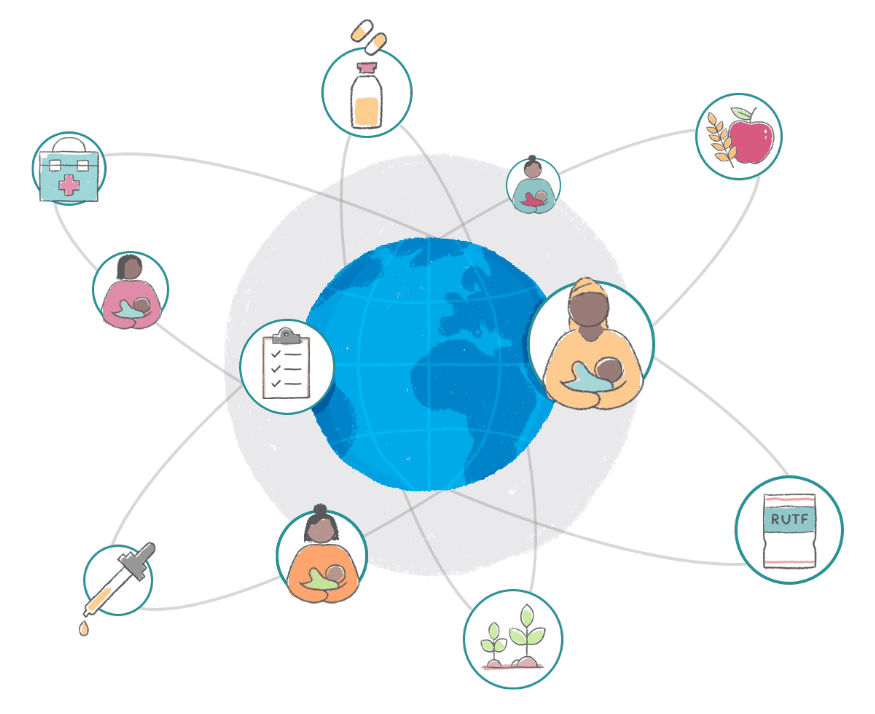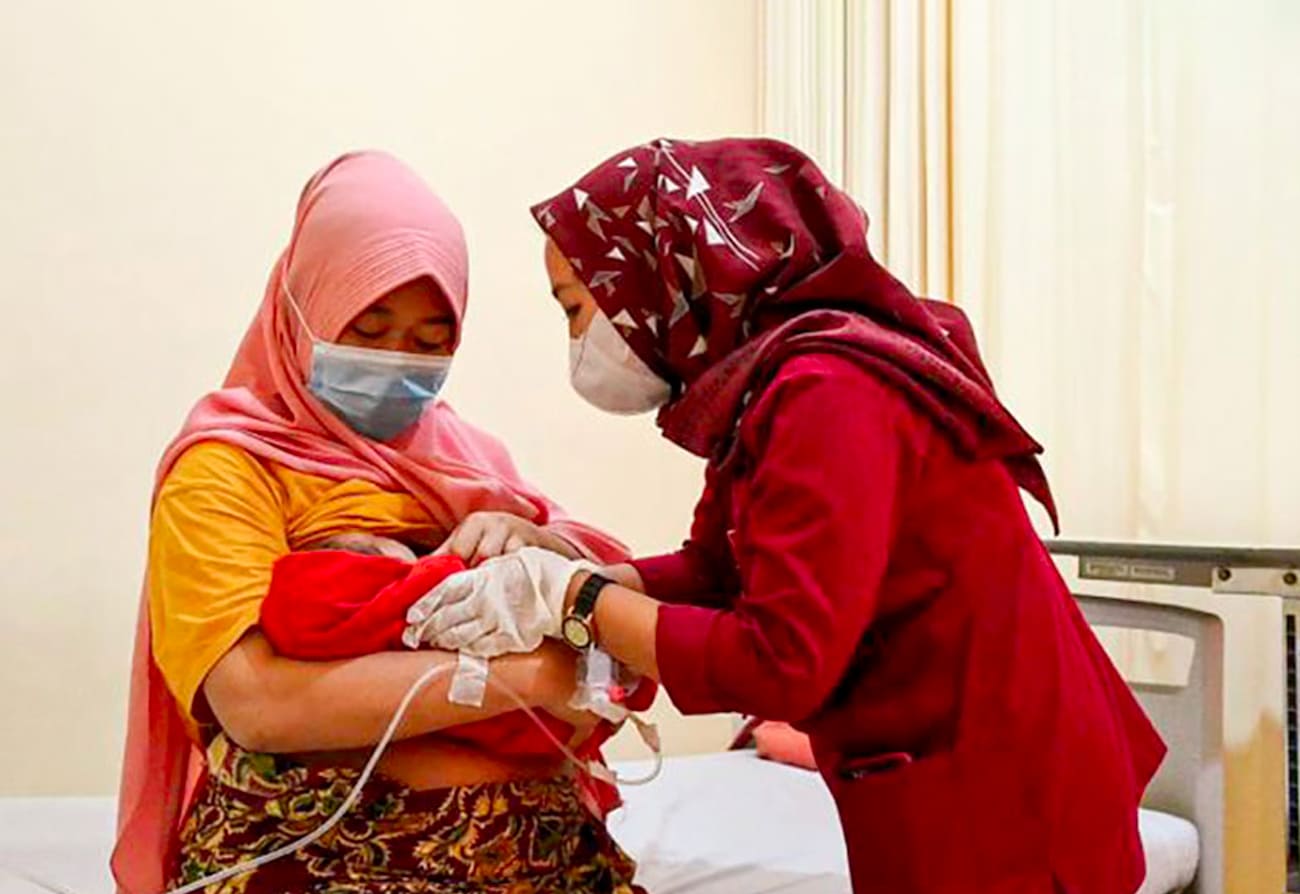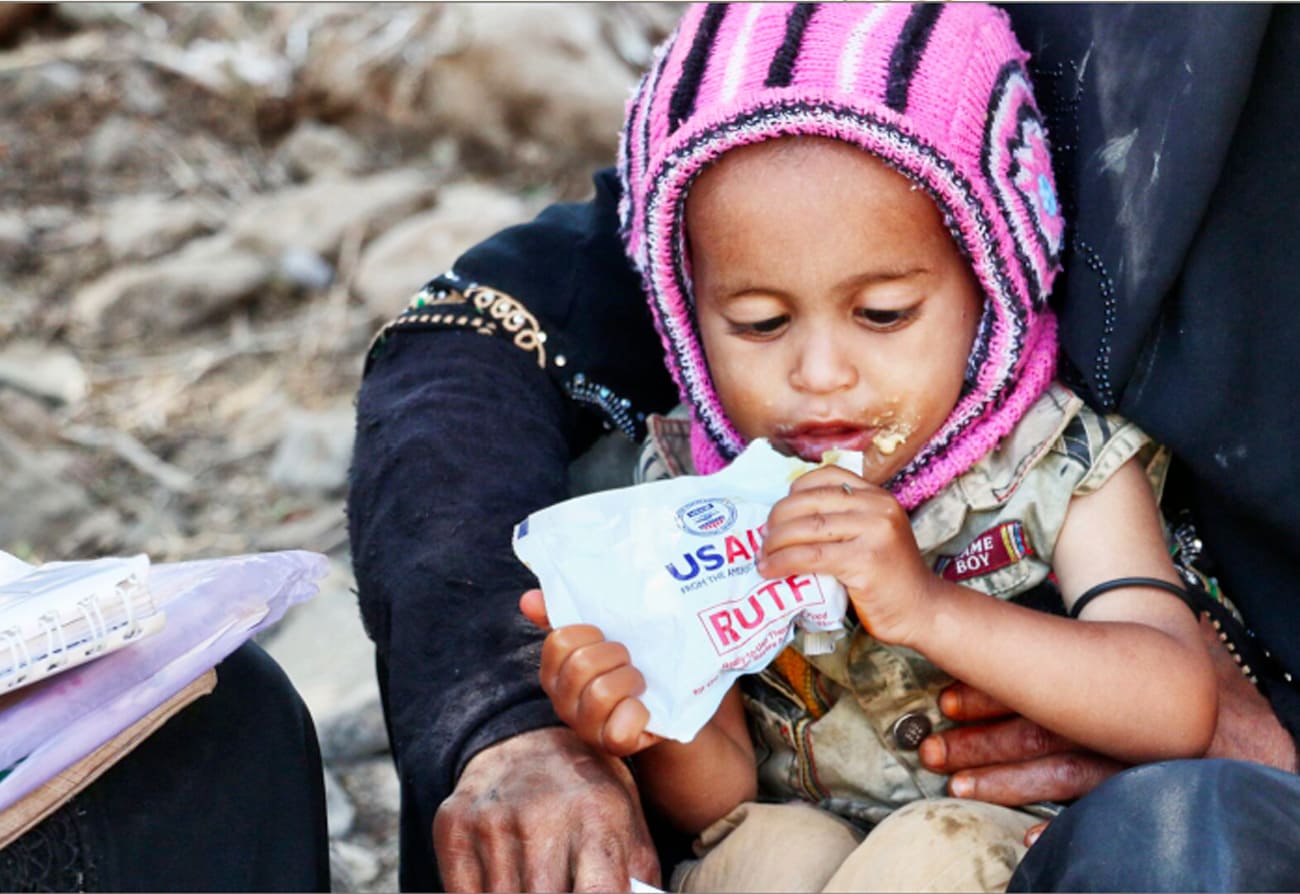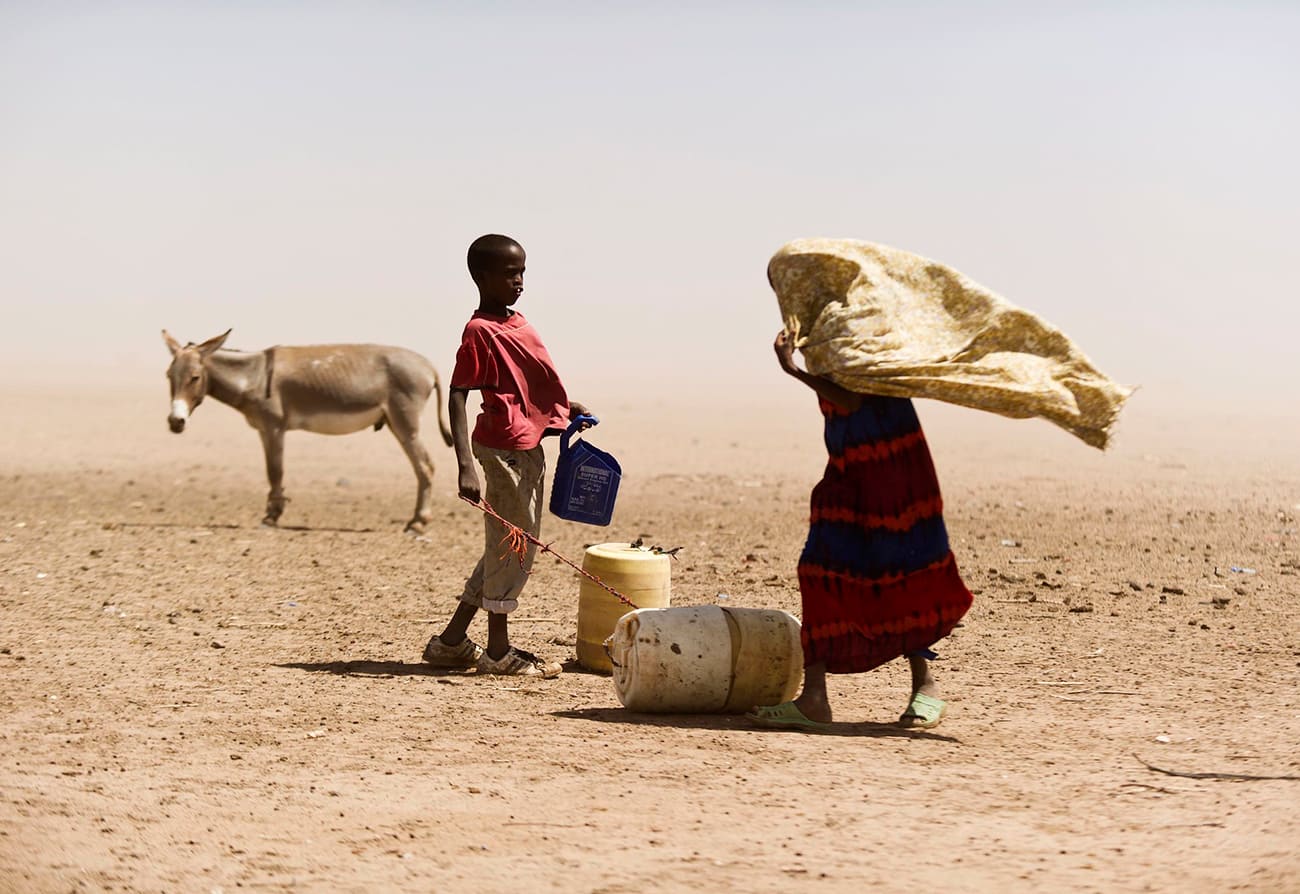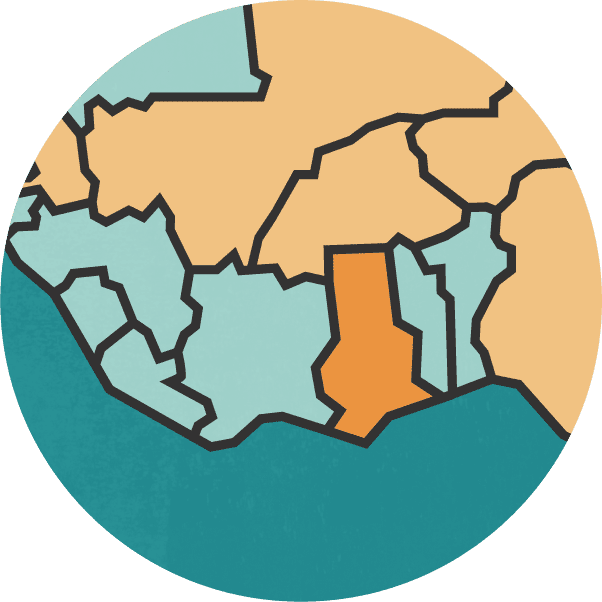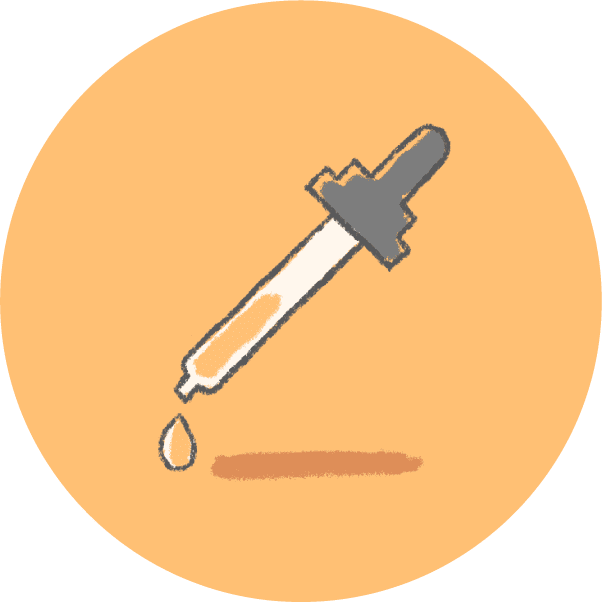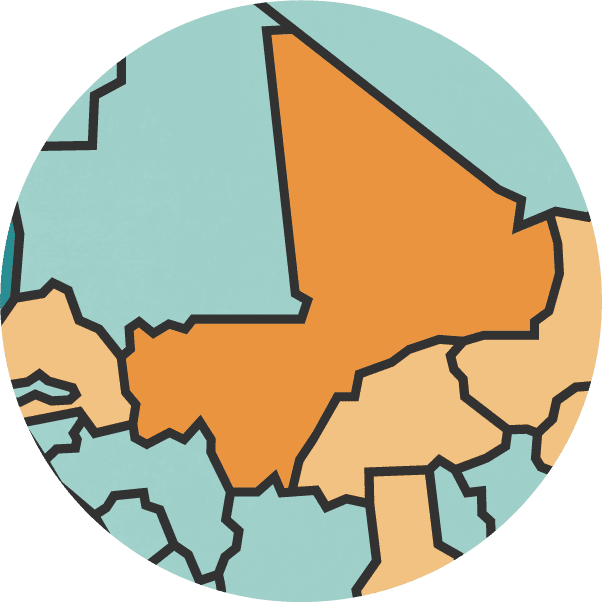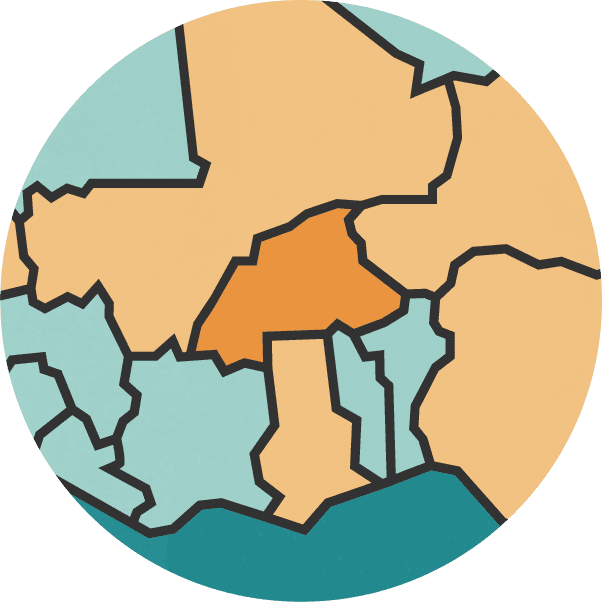Nutrition affects every aspect of human development: from children’s performance in school, to our ability to fight off diseases, to a nation’s health, and economic advancement.
The 2021 Lancet Series on Maternal and Child Undernutrition Progress builds on previous research and provides an evidence-based agenda for how the global health and development community can improve the health and nutrition of today's generation and all the generations ahead. The 2021 Lancet Series on nutrition presents updated information and builds on the 2008 and 2013 Lancet Series to set forth an evidence-based, global agenda for tackling undernutrition.


